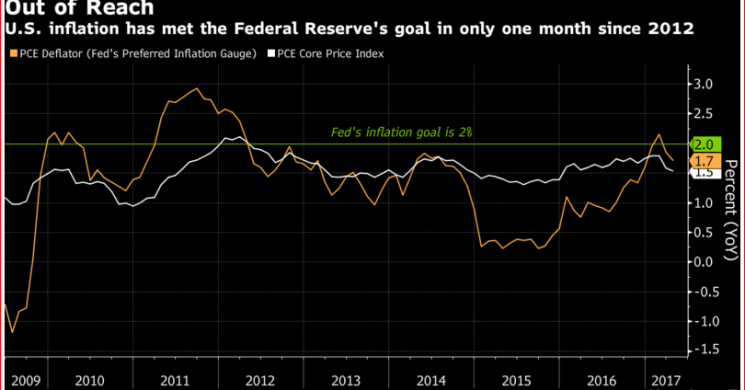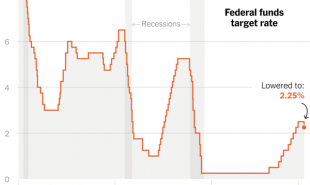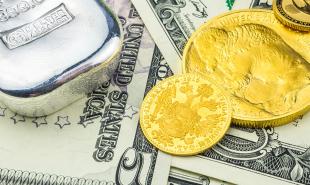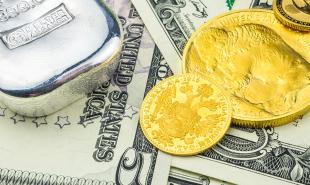
INTRO
The two-day Federal Reserve meeting begins in Washington today, and while investors expect rates to be kept unchanged when the announcement is made tomorrow, any changes to the the bank's outlook on growth, or hints about balance-sheet normalization have the potential to move markets. Former Federal Reserve Governor Daniel Tarullo said that weak inflation is likely to weigh on discussions about the pace of future interest-rate hikes.
What the Fed Will Do This Week — and Why
The meeting is unlikely to trigger market, economic or political fireworks. Wait for the minutes.
authored by Mohamed A. El-Erian
Recent U.S. economic data are likely to make Federal Reserve officials more cautious when the Federal Open Market Committee meets this week to assess monetary policy developments and prospects. And they should. But the policy makers’ reserve won’t dramatically alter the central bank’s policy guidance, at least for now.
The statement issued by Fed officials at the conclusion of their discussions on July 26 -- and the fuller details provided by the minutes that will follow in a few weeks -- are likely to provide the following signals on three immediate issues.
- Economic Outlook: More Cautious. The Fed will likely be less confident about the robustness of the economic recovery, pointing to headwinds to both higher growth and inflation. While the recent depreciation of the dollar will help on both counts, it is unlikely to prove sufficient to counter the consequences of yet more delays in the implementation of pro-growth policies (including tax reform and infrastructure spending). This greater cautiousness will come with less confidence that the economic soft patch is due primarily to temporary and self-reversing factors. The Fed will likely be more concerned about structural challenges, especially as the vast majority of these cannot be addressed using monetary policy measures.
- Rates: Maintain the Same Signal, With a Reminder of Qualifications. Notwithstanding the softer economic conditions, the Fed is unlikely to dramatically change its interest rate signaling this week. It will wait, for now, striving to keep in play the baseline of one more hike in 2017 (probably in December). But in doing so, the Fed will also remind us of the qualifications, tilting to being -- once again -- more sensitive and more dependent on higher-frequency economic data.
- Balance Sheets: Preparing Markets to Watch Paint Dry. The Fed will continue to prepare markets for the beginning this year of a gradual shrinkage in its $4.5 trillion balance sheets through a reduction in its holdings of U.S. Treasury and mortgage securities. Recognizing that this is an unprecedented and therefore inherently uncertain process, the Fed will seek to downplay the potential impact on markets by signaling that the reduction will be very slow, highly cautious and, essentially, boring.
None of this should constitute major market-moving developments in the short term. But behind the scenes, the Fed will continue to deal with an unusual degree of economic uncertainty and fluidity. This includes the factors associated with the basic understanding of today’s wage dynamics, inflation determination and productivity patterns. As such, there will be a lot of underlying work on key policy parameters for the longer term, including the specification of the neutral rate, the approach to containing the risk of future financial instability, the threat of greater political interference, and the assessment of market yields that are now heavily influenced by developments in Europe.
All in all, this week’s meeting is unlikely to trigger market, economic or political fireworks. But that shouldn’t mask some consequential challenges facing the Fed. Due to political factors, the central bank is having to deal with the unintended consequences and collateral damage of yet more delays in the much-hoped-for policy handoff that I have written about repeatedly -- that is, from excessive reliance on monetary policy to a more comprehensive policy approach that unleashes higher and more inclusive economic growth while securing genuine financial stability.
Gold is off $3.40 trading at $1250 at time ofthis writing
For Prices click HERE
Read more by Soren K.Group







